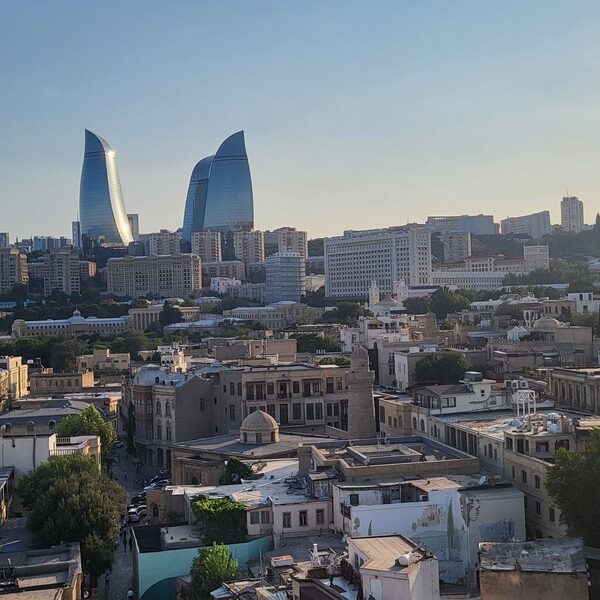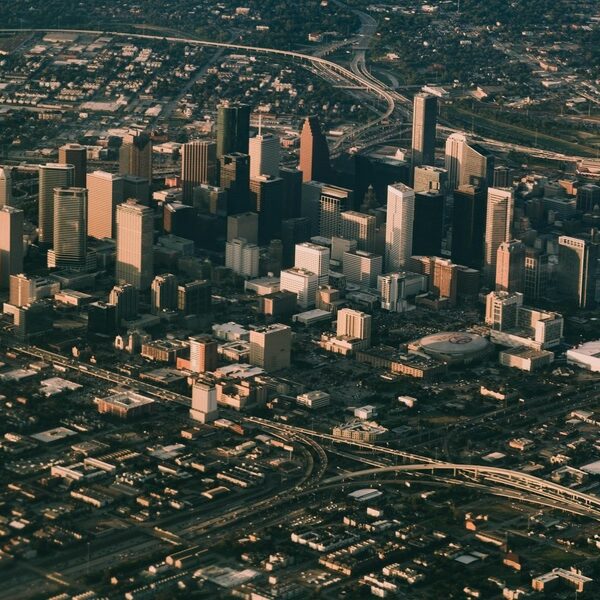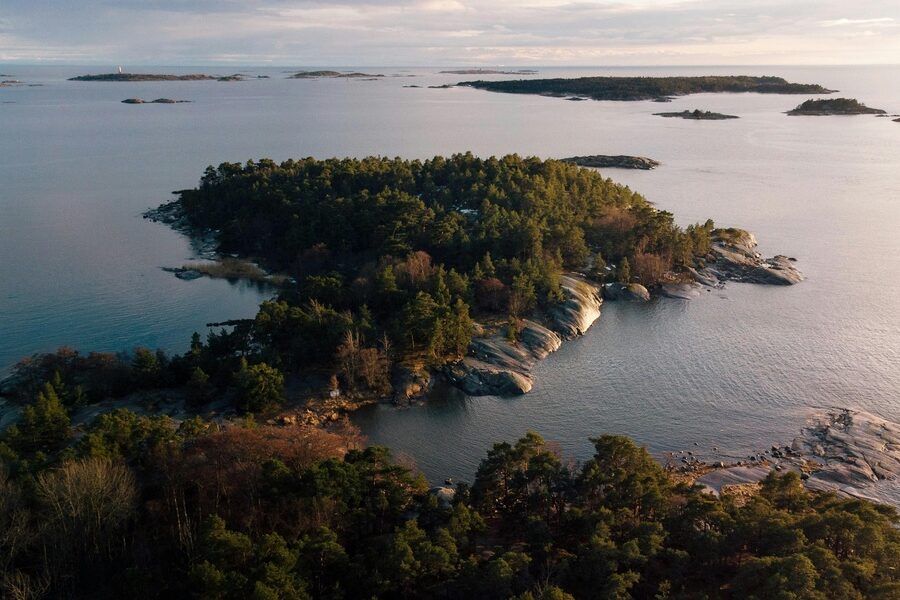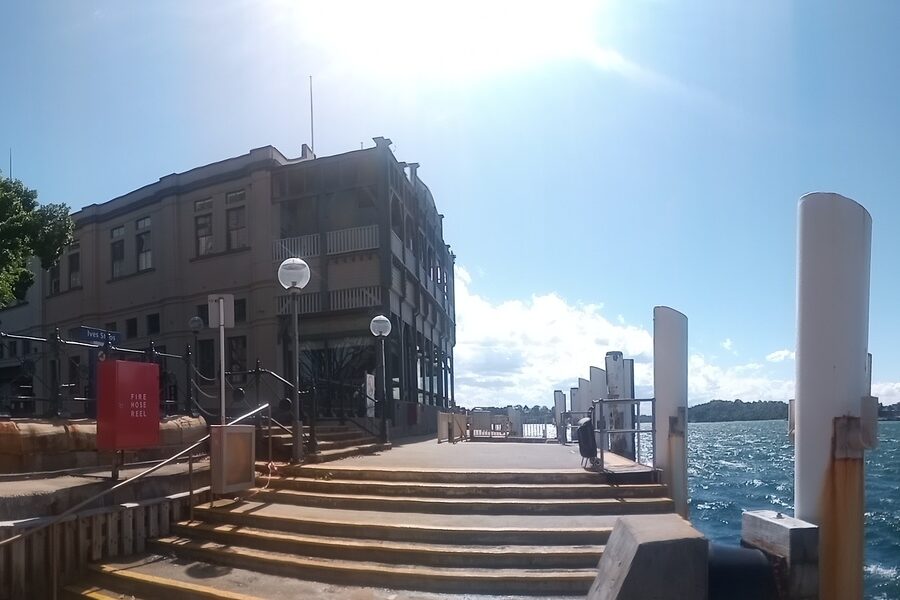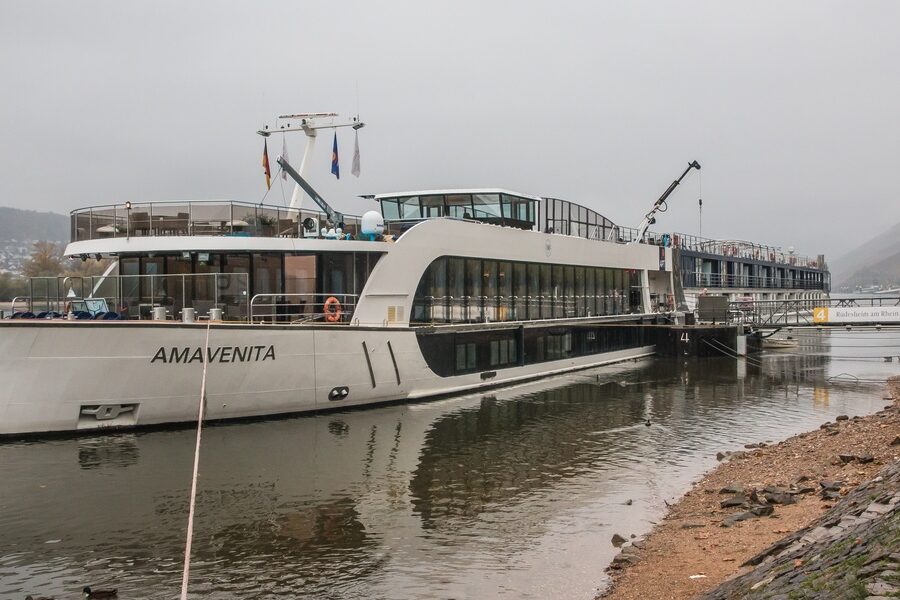The history of small lakes spans the same geological and ecological processes that shape larger inland waters. Small lakes occur in a wide range of settings — from glacial hollows and river oxbows to volcanic craters and human-made ponds — and they vary in size, depth, permanence, and water chemistry. Though modest in area, these water bodies play outsized roles in local ecosystems, supporting unique communities of plants and animals, influencing nutrient cycles, and serving cultural and recreational functions for nearby communities.
Context
Small lakes are a key focus in limnology, the study of inland waters, because they often respond quickly to environmental change and provide accessible natural laboratories for research. Common origins include kettle formation from retreating glaciers, oxbow formation through river channel changes, and depressions left by volcanic or tectonic activity. Many are seasonal—vernal pools and playa lakes appear after rains and dry out later—while others are permanent. Ecologically, small lakes can host high densities of amphibians, aquatic insects, and specialized plants; they also influence local water budgets and nutrient cycling. Culturally, small lakes often support local fisheries, recreation, and traditional practices. Advances in aerial photography and satellite remote sensing have improved mapping and monitoring, revealing that these smaller water bodies are more numerous and dynamic than previously recognized.
Scope and coverage
This collection explores the smallest lakes across regions, highlighting a range of types and settings rather than exhaustive listings. Coverage includes natural varieties such as kettle lakes, oxbow lakes, tarns and vernal pools, as well as small human-made ponds and reservoirs. Entries will consider geographic distribution, typical formation processes, ecological characteristics, and notable regional examples to illustrate diversity. The emphasis is on helping readers understand the variety and significance of these water bodies rather than cataloguing every named feature.
Little-known facts about small lakes:
- Many small lakes are locally called ponds; some named water bodies occupy less than one hectare and function more like ponds than large lakes.
- Kettle lakes form when chunks of glacial ice become buried in sediment and later melt, leaving rounded depressions common in formerly glaciated landscapes.
- Oxbow lakes develop when a river meander is cut off, creating crescent-shaped wetlands that can be rich in sediment and nutrients.
- Seasonal water bodies like vernal pools and playa lakes are critical breeding habitats for amphibians and specialist invertebrates that rely on temporary waters free of fish predators.
- Small lakes often show rapid ecological change: nutrient inputs from surrounding land can quickly trigger algal blooms and oxygen stress, affecting biodiversity.
- Modern remote sensing and mapping efforts have revealed that tiny inland water bodies are abundant and dynamic, so they increasingly inform regional water management and conservation planning.


